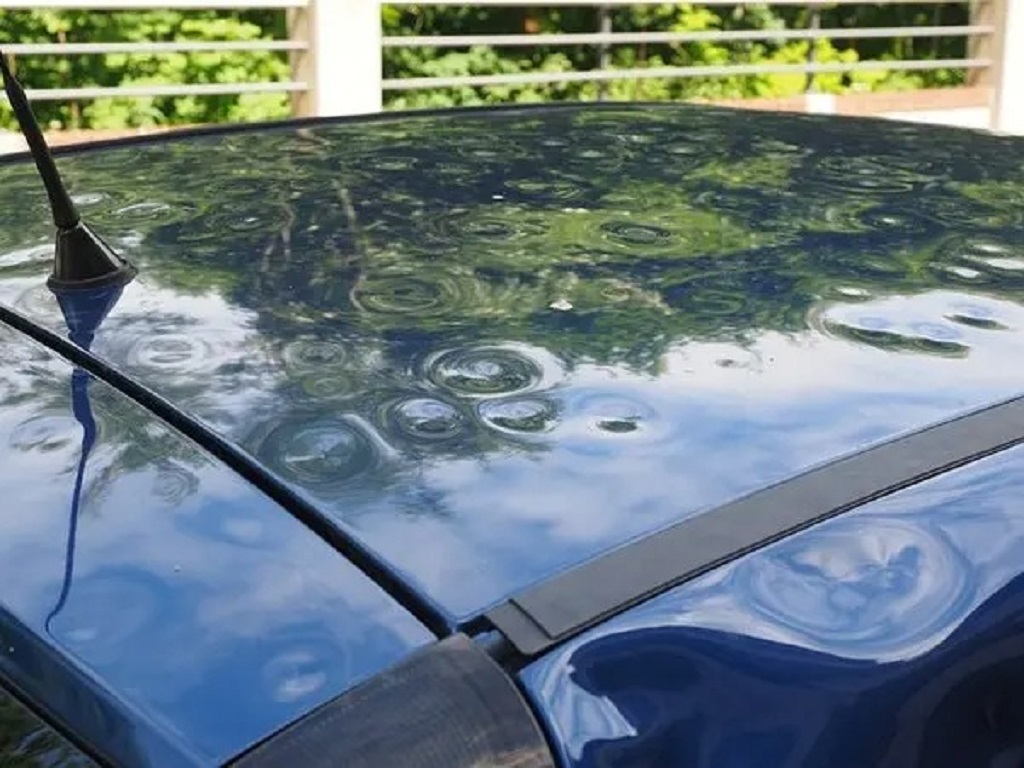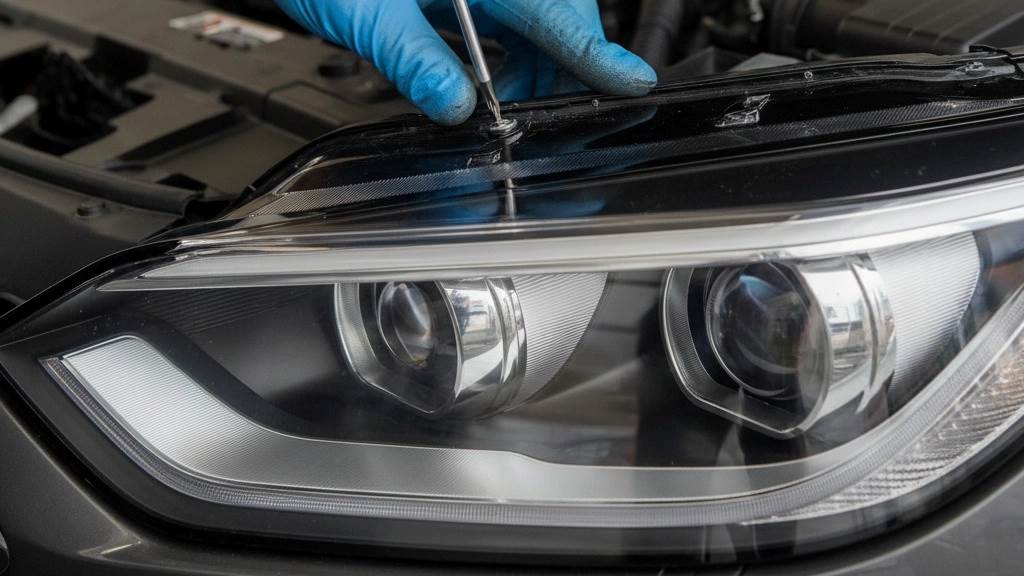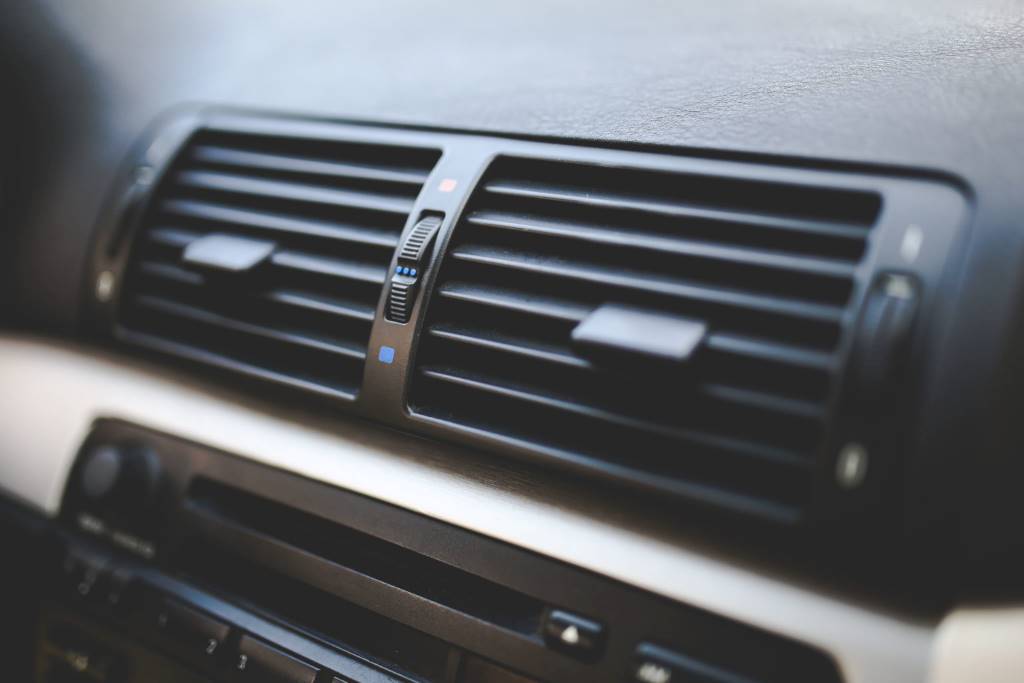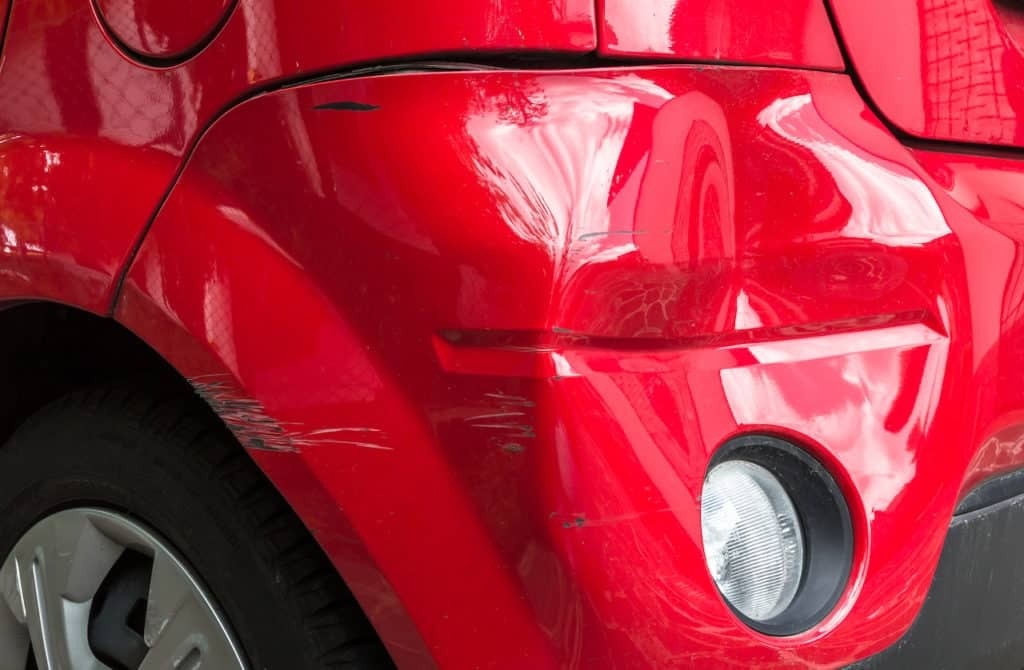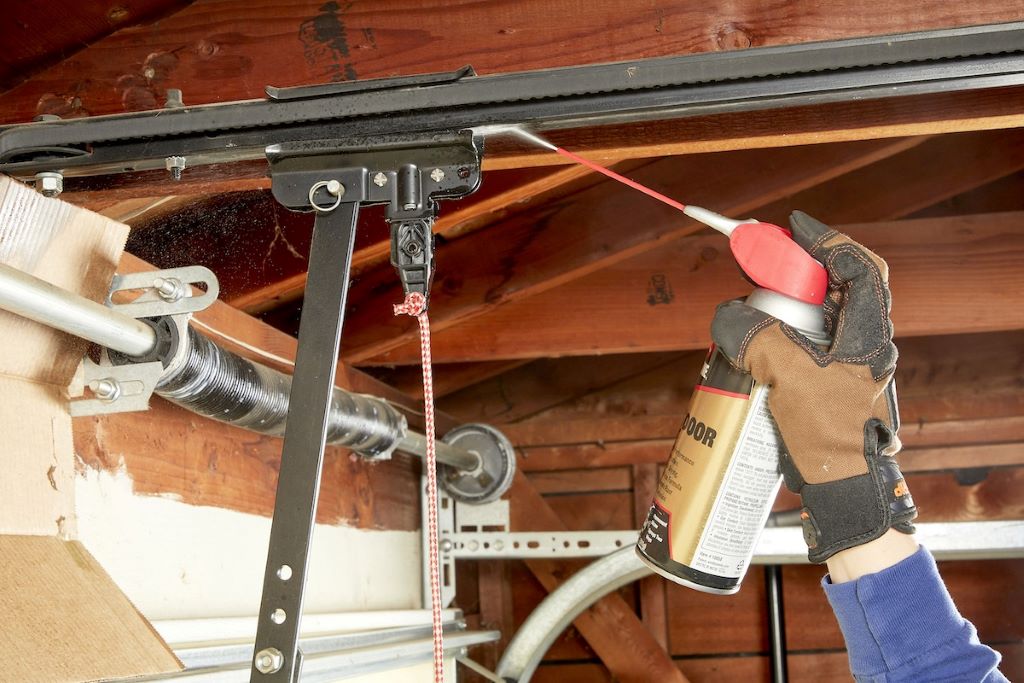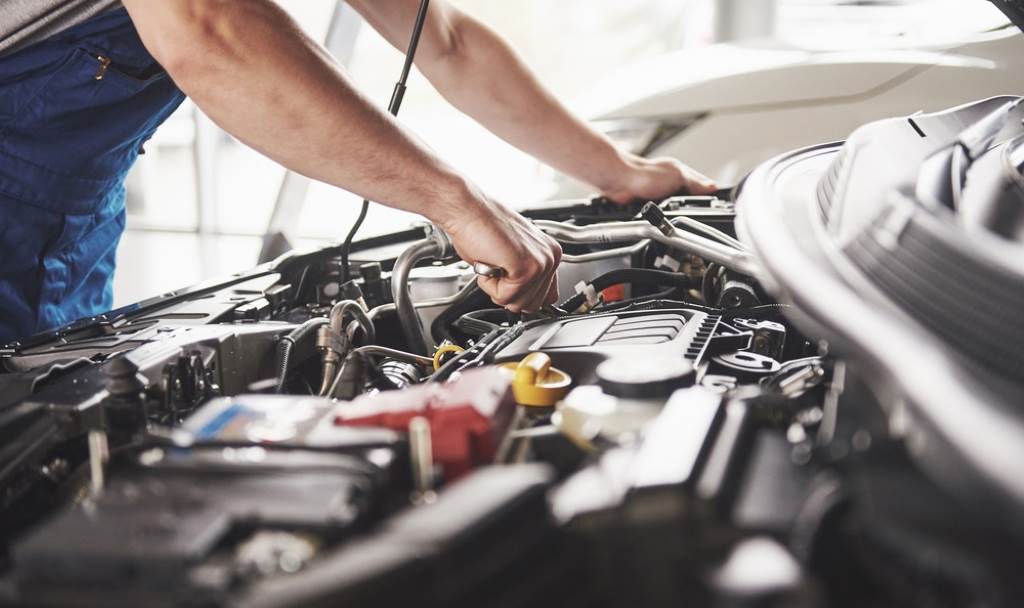Hailstorms can be a nightmare for car owners, leaving behind a trail of dents and damaged paint. If your vehicle has been caught in a hailstorm, you’re probably wondering about the cost of hail damage repair. Unfortunately, there’s no one-size-fits-all answer. The cost can vary significantly depending on several factors, including the severity of the damage, the type of vehicle, and the repair method used.
This comprehensive guide will break down the factors influencing hail damage repair costs, explore different repair options, and provide you with the knowledge to navigate the repair process confidently. We’ll also answer frequently asked questions to help you make informed decisions about your vehicle’s repair.
Factors Influencing Hail Damage Repair Cost
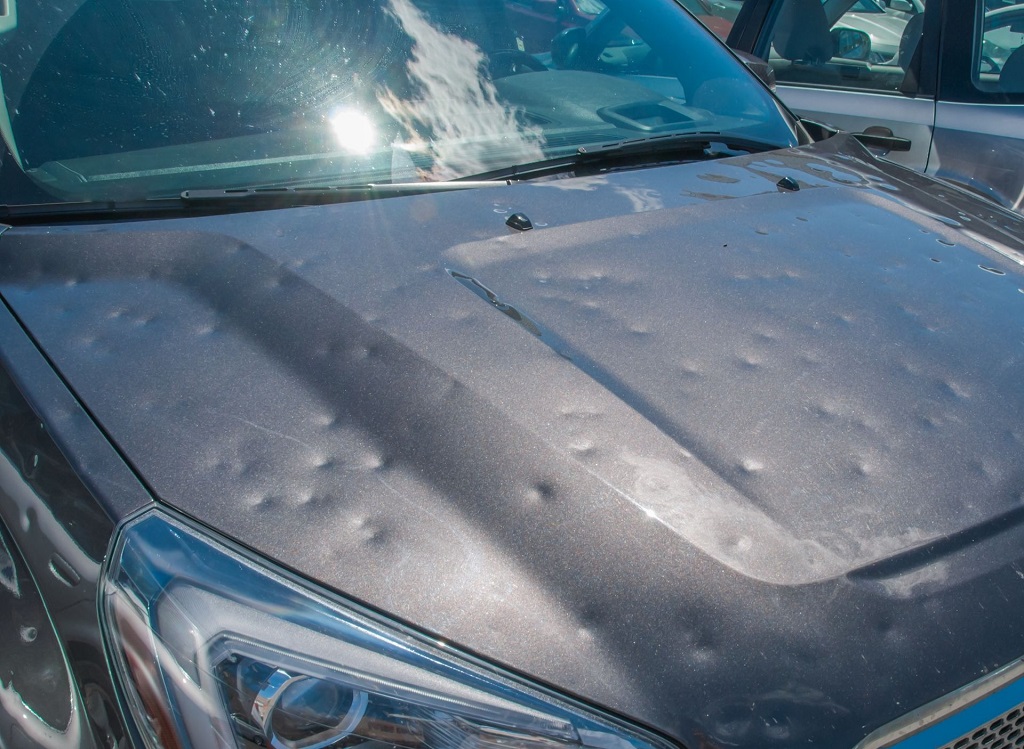
Several factors contribute to the overall cost of hail damage repair:
- Severity of Damage:
This is the most significant factor affecting the cost. Minor damage, such as small dents and dings, will be less expensive to repair than major damage involving deep dents, broken windows, or damaged body panels.
- Size of hail: Larger hailstones cause more significant damage, leading to higher repair costs.
- Number of dents: The more dents your car has, the more extensive the repair work will be, increasing the cost.
- Location of dents: Dents on complex curves or edges are more challenging to repair and may require specialized techniques, adding to the cost.
- Type of Vehicle:
The make and model of your vehicle play a role in repair costs. Luxury vehicles and those with complex body lines or aluminum panels generally cost more to repair due to higher parts prices and specialized labor requirements.
- Repair Method:
Different repair methods come with varying costs.
- Paintless Dent Repair (PDR): This is a cost-effective method for minor dents, where a technician uses specialized tools to massage the dents out from behind the panel.
- Traditional Body Repair: For more severe damage, traditional body repair involves filling dents, sanding, painting, and blending the new paint to match the existing finish. This method is generally more expensive than PDR.
- Panel Replacement: In cases of extreme damage, the affected panels may need to be replaced entirely, which is the most expensive repair option.
- Labor Rates:
Labor rates vary depending on the location and the expertise of the technicians. Experienced technicians in high-demand areas may charge higher rates.
- Parts Costs:
The cost of replacement parts, such as panels, lights, and trim, can vary significantly depending on the vehicle’s make and model.
- Insurance Coverage:
Your insurance coverage will play a crucial role in determining your out-of-pocket expenses. If you have comprehensive coverage, your insurance will typically cover hail damage repair, minus your deductible.
Understanding Hail Damage Repair Methods
- Paintless Dent Repair (PDR):
PDR is a popular and cost-effective method for repairing minor hail damage. It involves using specialized tools to gently massage dents out from behind the panel without affecting the original paint.
Benefits of PDR:
- Cost-effective: PDR is generally less expensive than traditional body repair.
- Preserves original paint: Since the original paint is not affected, there’s no need for painting or color matching.
- Faster turnaround time: PDR can often be completed within a day or two.
- Environmentally friendly: PDR doesn’t involve the use of harsh chemicals or paints.
Limitations of PDR:
- Not suitable for all damage: PDR is only effective for relatively small dents on panels with good access.
- Requires skilled technicians: PDR requires specialized skills and experience.
- Traditional Body Repair:
For more severe hail damage, traditional body repair methods are necessary. This involves filling dents with body filler, sanding the area smooth, priming, painting, and blending the new paint to match the existing finish.
Benefits of Traditional Body Repair:
- Can repair severe damage: This method can address deep dents, creases, and damaged body panels.
- Restores the vehicle’s appearance: When done correctly, traditional body repair can restore your vehicle to its pre-damage condition.
Limitations of Traditional Body Repair:
- More expensive than PDR: This method involves more labor and materials, making it more costly.
- Longer repair time: Traditional body repair can take several days or even weeks to complete.
- May affect resale value: Even with a perfect color match, repainted panels can sometimes be detected, potentially affecting the resale value of your vehicle.
- Panel Replacement:
In cases of extreme hail damage, where the panels are severely dented or creased beyond repair, panel replacement may be necessary. This involves removing the damaged panel and replacing it with a new one.
Benefits of Panel Replacement:
- Restores structural integrity: Ensures the vehicle’s safety and structural integrity.
- Provides a factory-fresh finish: Offers a seamless repair with a perfect color match.
Limitations of Panel Replacement:
- Most expensive option: Panel replacement is the most costly hail damage repair method.
- Time-consuming: It can take longer than other repair methods.
Choosing the Right Repair Method
The best repair method for your vehicle will depend on the severity of the damage, your budget, and your personal preferences.
- Minor dents and dings: PDR is often the most suitable and cost-effective option.
- Moderate to severe dents: Traditional body repair may be necessary to restore the vehicle’s appearance.
- Extensive damage with creased or damaged panels: Panel replacement might be the only solution.
It’s crucial to consult with a reputable auto body shop to assess the damage and get recommendations on the best repair approach for your specific situation.
Read More Also: Why Is My Car Shaking and Engine Losing Power? (Expert Insights)
Tips for Choosing a Hail Damage Repair Shop
Selecting the right repair shop can make a significant difference in the quality of the repair and your overall experience.
- Get multiple estimates: Compare quotes from several reputable shops to ensure you’re getting a fair price.
- Check online reviews: Read reviews from previous customers to gauge the shop’s reputation and customer satisfaction.
- Ask about warranties: Inquire about warranties on the repairs and the paintwork.
- Look for certifications: Choose shops with certifications from organizations like the National Institute for Automotive Service Excellence (ASE).
- Inspect the shop’s facility: Ensure the shop is clean, organized, and has the necessary equipment to perform high-quality repairs.
- Communicate with the technicians: Ask questions about the repair process and ensure you understand what will be done to your vehicle.
Read More Also: Why Is My Car AC Blowing Hot Air?
Hail Damage Repair FAQs
-
Does hail damage affect my car’s value?
Yes, hail damage can significantly affect your car’s value. Even minor dents and dings can diminish its aesthetic appeal and lower its resale value.
-
Should I file an insurance claim for hail damage?
If you have comprehensive coverage, it’s generally advisable to file a claim for hail damage, especially if the repair costs exceed your deductible. However, it’s essential to weigh the potential impact on your insurance premiums.
-
Can I repair hail damage myself?
While DIY repair kits are available, they are generally not recommended for significant hail damage. Improper repair attempts can worsen the damage and increase the overall repair cost.
-
How long does hail damage repair take?
The repair time depends on the severity of the damage and the chosen repair method. PDR can often be completed within a day or two, while traditional body repair can take several days or even weeks.
-
Will my insurance premiums increase after a hail damage claim?
Filing a hail damage claim may lead to an increase in your insurance premiums. The extent of the increase will depend on various factors, including your driving history, claim history, and the amount of the claim.
-
What should I do immediately after a hailstorm?
- Assess the damage: Carefully inspect your vehicle for any dents, dings, or other damage.
- Take photos: Document the damage with photos from various angles.
- Contact your insurance company: Report the damage and initiate the claim process.
- Protect your vehicle: If possible, cover your car with a tarp or blanket to prevent further damage.
- Find a reputable repair shop: Research and choose a qualified repair shop to assess the damage and provide an estimate.
-
Can hail damage be prevented?
While you can’t completely prevent hail damage, you can take steps to minimize the risk:
- Park in covered areas: Whenever possible, park your vehicle in a garage, carport, or under a covered structure.
- Use a car cover: A car cover can provide some protection against hail damage.
- Monitor weather forecasts: Stay informed about weather conditions and seek shelter if a hailstorm is predicted.
-
What if I can’t afford the hail damage repair?
If you’re facing financial constraints, discuss your situation with the repair shop. Some shops may offer payment plans or financing options. You can also explore options like selling your car “as is” or using the insurance payout to purchase a different vehicle.
-
Is it worth repairing minor hail damage?
Even minor hail damage can affect your car’s value and potentially lead to rust or other issues if left unrepaired. It’s generally advisable to address hail damage promptly, even if it seems minor.
Conclusion
Hail damage can be a frustrating and costly experience for car owners. However, by understanding the factors influencing repair costs, exploring different repair options, and choosing a reputable repair shop, you can navigate the repair process effectively and restore your vehicle to its pre-damage condition. Remember to document the damage, contact your insurance company, and seek professional advice to make informed decisions about your car’s repair.

